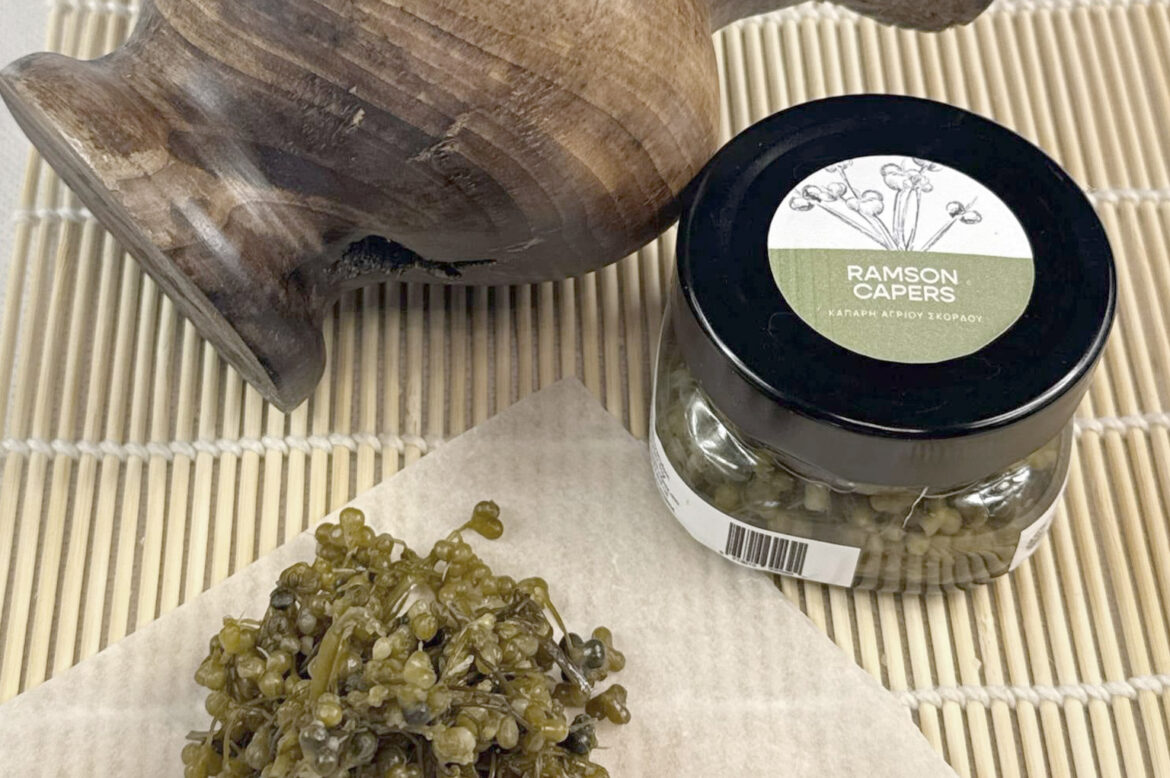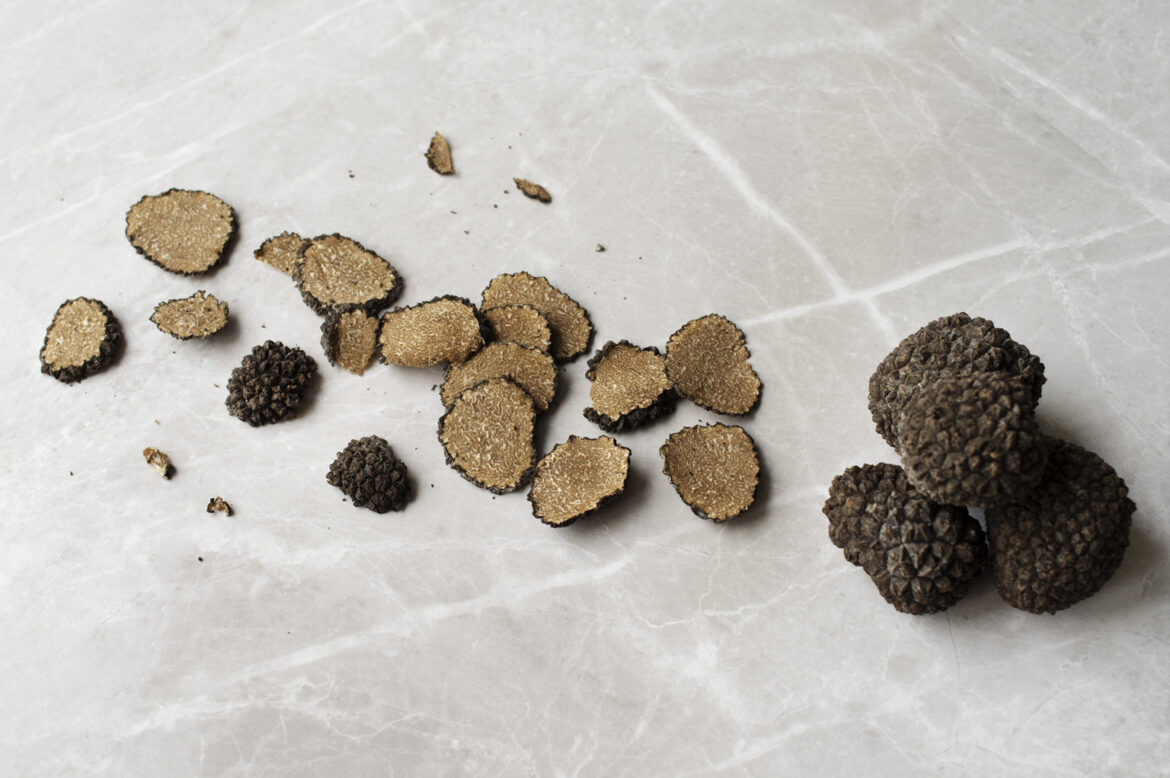Your cart is currently empty!


Dried truffles are an exquisite ingredient that gourmet chefs and food enthusiasts across the globe adore for their robust flavor and aromatic profile. But what exactly are dried truffles, and what makes them so sought after in the culinary scene? This article delves into the essentials of dried truffles, including their origins and various culinary applications.
To fully appreciate dried truffles, it’s important first to grasp what truffles are. These unique fungi grow underground, symbiotically with the roots of trees like oaks, hazels, and beeches. They belong to the Tuber genus and are rare, boasting a distinctive taste that ranks them among the world’s most luxurious and costly ingredients.
Dried truffles are fresh truffles that have been carefully dehydrated to preserve their flavor and extend their shelf life. Given the rapid spoilage of fresh truffles, the drying process ensures that their intense taste can be enjoyed whenever needed. This method not only retains but often concentrates the flavor, making dried truffles a potent alternative to their fresh counterparts.
While many truffle varieties exist, not all are suitable for drying. Here are some of the most notable types:
To create dried truffles, fresh truffles are meticulously cleaned and sliced into thin pieces. They are then air-dried or dried in a food dehydrator at low temperatures to safeguard their flavor, essential oils, and aroma. Once dried, these truffle slices can be stored in airtight containers for several months, making them a valuable staple in any chef’s kitchen.
Dried truffles add a unique flavor to many dishes and are simple to use. They can be rehydrated by soaking in warm water, broth, or wine for 10-15 minutes. Once rehydrated, dried truffles can enhance:
Dried truffles come with a range of benefits:
In summary, dried truffles offer a practical and versatile alternative to fresh truffles. Incorporating dried truffles into your culinary creations can significantly enhance flavor and depth. By understanding what dried truffles are and how to use them, you can elevate everyday meals into extraordinary gourmet experiences.
LATEST NEWS